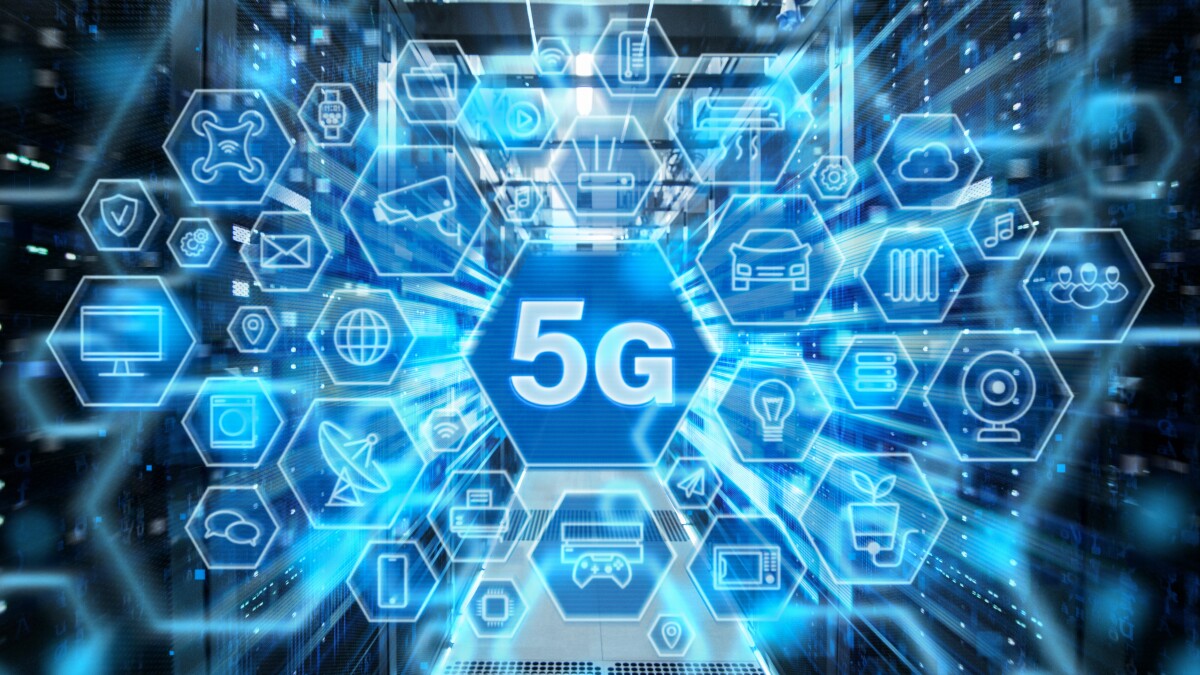
Revolutionizing Connectivity: Exploring the Power of 5G and High-Speed Networking Devices
Are you ready to
unravel the secrets behind this transformative technology that's redefining
connectivity and propelling us into a future of limitless possibilities? If not
then you better be!
In terms of
telecommunication, 5G is the next generation of cellular broadband technology
that began deploying globally in 2019 and has gained popularity since then. It
is designed to increase connection speed so that users can upload and download
pic, videos, and apps a lot faster and quicker also allowing connectivity of
various devices without getting slowed or jammed. Furthermore, it allows you to
enjoy data streaming, video games, and a lot more without any wait for
buffering or loading.
Intrigued how 5G
works? Here how –– let’s suppose you are sending a message to your friend
through your phone using 5G when you will send the message it will be converted
into radio waves and then these waves will travel to the nearest radio tower
also called base stations. The tower will then send the radio waves to the central
station through superfast cables which are the fiber optics cable. The data
will then be converted back into the message when it is shown on your friend’s
screen. All this is possible in milliseconds (thousandths of a second).
But alone 5G
network alone is not enough you need high-speed networking devices to send and
receive your data in real time. These devices play a crucial role in helping
and assisting you in fast and efficient communication between computers,
devices, and networks. Some of these devices include –– routers, switches,
network interference cards (NIC), network adapters, modems etc.
5G and
Networking Devices: A Double-Edged Sword?
As discussed
before, users may now experience seamless communication and real-time
interactions like never before, thanks to 5G's lightning-fast speeds and
minimal latency. High-speed networking devices supplement this by effectively
regulating data flow and allowing for quick information sharing across
networks. The Internet of Things (IoT)
is also gaining traction as these technologies enable smart cities, households,
and industries, resulting in a network of interconnected gadgets that increase
efficiency, automation, and resource management.
Furthermore,
improved networking equipment is critical in enabling the vast device
connection promised by 5G. This relationship assures that the growing number of
smart gadgets may interact effortlessly, establishing the foundation of a
contemporary and connected community.
Though it’s a
technological advancement it comes with a fair share of challenges. The
installation of a 5G network requires significant investment and coordination
and because of the expanded attack surface, security risks grow, necessitating
effective cybersecurity solutions as in this quickly changing context, energy
use and potential privacy violations necessitate careful attention. Also, interference and dependability
difficulties may jeopardize seamless connectivity. In addition, compatibility
issues arise when integrating 5G with current devices. Though it is the latest
technology but still providing extensive coverage and accessibility,
particularly in rural regions, remains a challenge.
Elevating Networking Paradigms: 5G Network Technology in
Modern Networking Devices
Networking gear
having 5G capabilities, such as routers, switches, and access points, can
deliver lightning-fast internet connectivity, allowing smooth streaming, online
gaming, and real-time communication. These devices make use of 5G's high
bandwidth to manage a large number of connected devices at the same time,
making them perfect for smart homes, businesses, and populated regions.
Exploring the Key Hardware Components of 5G Routers and
Switches
Modern high-speed
networks rely heavily on 5G routers and switches. They are intended to meet the
needs of 5G technology while also providing efficient data transfer and
communication.
These essential
hardware components collaborate to allow 5G routers and switches to deliver
fast, dependable, and secure connections in the age of high-speed networking:-
1.
CPU
(Central Processing Unit): It is the router or switch's brain. It performs data
processing, routing decisions, and network scheduling. A powerful CPU is
required to handle the high-speed data processing demands of 5G networks.
2.
RAM
(Random Access Memory): It saves data that the router or switch is currently
using. More RAM enables quicker data handling and better multitasking, which is
critical in 5G networks with various devices and apps.
3.
5G
modem: It is a specialized chip that allows a router or switch to interact with
a 5G network. It translates digital data from the device into a format suitable
for transmission over a 5G network, and vice versa.
4.
Ethernet
Ports: It enables wired connectivity for devices such as laptops, gaming
consoles, and smart TVs. High-speed Ethernet ports are required to keep
communications speedy and reliable.
5.
Wireless
Antennas: To provide excellent wireless coverage, 5G routers frequently have
numerous high-gain antennas. These antennas allow devices to connect wirelessly
to the 5G network while also providing consistent signal strength.
Here are the 5 best
routers:
·
NETGEAR
MR5100
·
Mofi
Network 5500
·
Diyomate
WiFi Router
·
LINOVISION
IOT – R75W
·
NETGEAR
MR5200 – 100NAS
5 best switches
for 5G network are:
·
TP-Link TL-SG108 (Unmanaged)
·
TP-Link TL-SG105-M2
·
Ubiquiti Unifi USW-Flex
·
Zyxel XGS1010-12 (Unmanaged)
·
TP-Link TL-SG116
The Synergy Between 5G and IoT Connectivity
The Internet of
Things (IoT) is expanding, with the number of linked devices expected to rise
from 9.7 billion in 2020 to 29 billion by 2030. While several causes will
contribute to this increase, one of the most crucial will be the development of
5G networks.
1.
Speed
of Data Transfer: This immediate communication improves application
responsiveness, making operations like remote control, data analysis, and
automation more smooth. This development has the potential to dramatically
assist industries such as healthcare, industry, agriculture, and
transportation.
2.
Network
Reliability: More devices may be linked together to form sophisticated networks
of sensors, actuators, and smart devices that function in conjunction. This
increased capacity drives the expansion of smart cities, in which
infrastructure, transportation systems, energy usage, and public services are
optimized by using real-time data analysis.
5G's Pivotal Role in Enabling Edge Computing
The fast growth of
edge computing is made possible by 5G technology by minimizing the need to send
all data to distant cloud servers, 5G-driven edge computing improves efficiency
and responsiveness in applications that demand instant decision-making, such as
autonomous vehicles and remote surgeries. It promotes smart cities, industrial
automation, and immersive experiences. As 5G evolves, its seamless integration
with edge computing offers a future in which computing and connection operate
together, revolutionizing sectors and daily lives.
5G and edge
computing work together to improve data processing and communication. Edge
computing decentralizes computation, lowering latency and preserving bandwidth,
while 5G's fast speeds and low latency enable real-time data transfer. This dynamic
mix improves IoT, remote surgery, and applications by providing quick
decision-making, fast data processing, and seamless user experiences.
Conclusion
In conclusion, the
symbiotic relationship between 5G and high-speed networking devices is ready to
revolutionize connectivity in the changing environment of technology. With 5G's
lightning-fast speeds and networking devices' efficiency, the digital sphere is
destined to alter. This strong combination offers doors to uncharted
possibilities, from seamless streaming to creative IoT applications. As they
continue to evolve, their combined influence offers an endless future of
connectedness and creativity.
